Stunning Companion Plants For Photinia
Stunning Companion Plants for Photinia
Photinia Red Robin is a popular evergreen shrub that is known for its bright red new growth in spring. It is a versatile plant that can be used in a variety of settings, including as a hedge, screen, or specimen plant. When choosing companion plants for Photinia Red Robin, it is important to consider the plant's size, growth habit, and light requirements.
Here are some stunning companion plants for Photinia Red Robin:
- Euonymus fortunei 'Emerald 'n' Gold' is a variegated euonymus that has green leaves with yellow margins. It is a fast-growing plant that can reach a height of 6 feet. Euonymus fortunei 'Emerald 'n' Gold' prefers full sun to partial shade and well-drained soil.
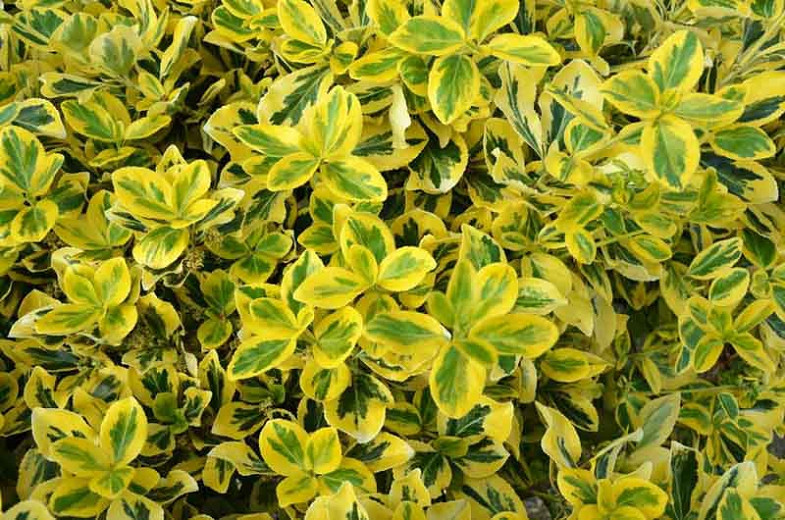
- Euonymus fortunei 'Emerald Gaiety' is another variegated euonymus that has green leaves with creamy yellow margins. It is a slower-growing plant than Euonymus fortunei 'Emerald 'n' Gold' and can reach a height of 3 feet. Euonymus fortunei 'Emerald Gaiety' prefers full sun to partial shade and well-drained soil.
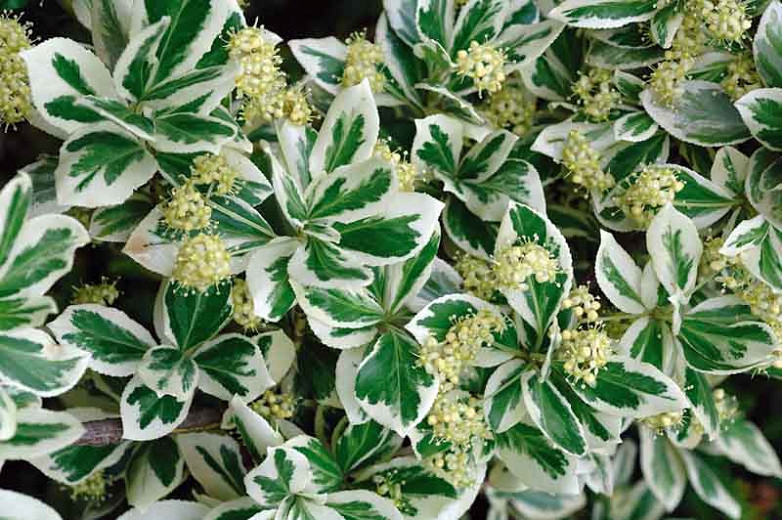
- Fatsia japonica is a large evergreen shrub that has large, glossy leaves. It can reach a height of 10 feet and a width of 6 feet. Fatsia japonica prefers partial shade to full shade and moist, well-drained soil.
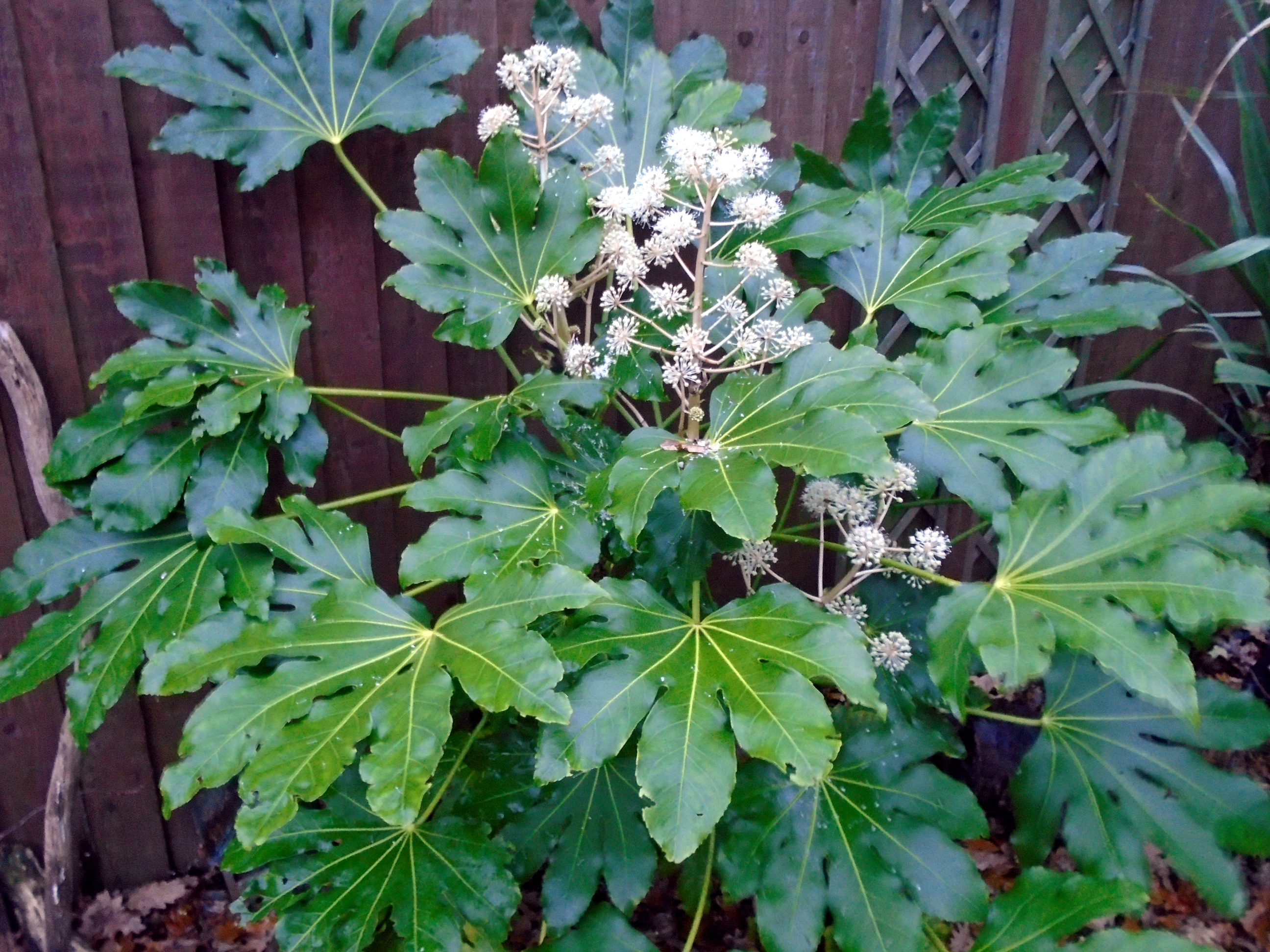
- Kerria japonica is a deciduous shrub that has yellow flowers in spring. It can reach a height of 6 feet and a width of 4 feet. Kerria japonica prefers full sun to partial shade and moist, well-drained soil.
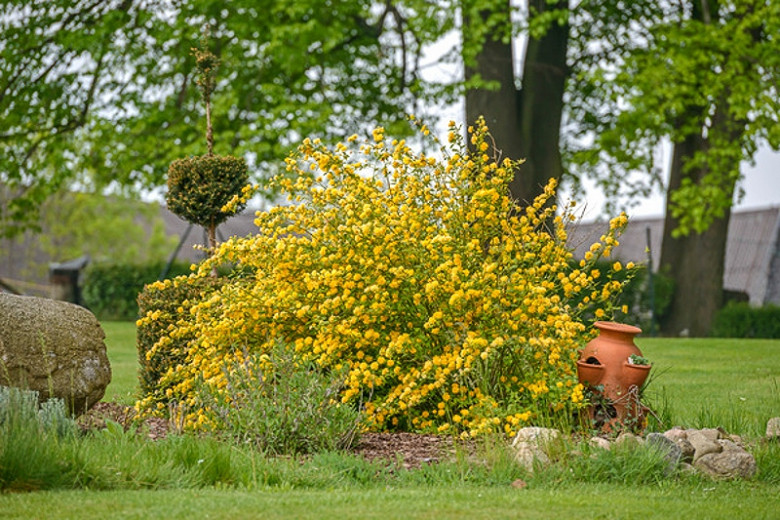
- Lavender is a perennial herb that has fragrant purple flowers. It can reach a height of 2 feet and a width of 2 feet. Lavender prefers full sun and well-drained soil.
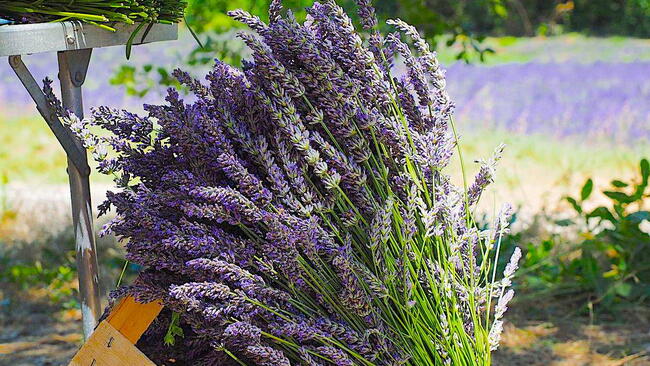
These are just a few of the many stunning companion plants that can be used with Photinia Red Robin. When choosing companion plants, it is important to consider the overall look and feel that you want to create in your garden. By carefully selecting companion plants, you can create a beautiful and inviting space that will be enjoyed for years to come.
Here are some additional tips for choosing companion plants for Photinia Red Robin:
- Consider the size of the plants. Photinia Red Robin can grow to be quite large, so it is important to choose companion plants that will not outgrow it.
- Consider the growth habit of the plants. Some plants, such as Euonymus fortunei 'Emerald 'n' Gold', are more spreading than others, such as Kerria japonica. It is important to choose companion plants that will complement each other's growth habits.
- Consider the light requirements of the plants. Photinia Red Robin prefers full sun to partial shade, so it is important to choose companion plants that have similar light requirements.
- Consider the color of the plants. Photinia Red Robin has bright red new growth, so it is a good idea to choose companion plants that have complementary colors.
By following these tips, you can choose the perfect companion plants for your Photinia Red Robin and create a beautiful and inviting space in your garden.
Photinia Red Robin is a popular evergreen shrub that is known for its bright red new growth. It can be used as a hedge, screen, or stand-alone specimen plant. When choosing companion plants for Photinia Red Robin, it is important to consider the plant's size, growth rate, and light requirements. Some good companion plants for Photinia Red Robin include:
- Euonymus fortunei (spindle tree): This evergreen shrub has colorful foliage that can provide contrast to the red leaves of Photinia Red Robin. Euonymus fortunei is also tolerant of shade, which makes it a good choice for planting under Photinia Red Robin. Gardenia Inspiration
- Lavender : This fragrant herb has blue or purple flowers that bloom in the summer. Lavender is a good choice for planting near Photinia Red Robin because it can tolerate full sun and well-drained soil.
- Viburnum : This deciduous shrub has white or pink flowers that bloom in the spring. Viburnum is a good choice for planting near Photinia Red Robin because it can tolerate shade and can provide winter interest with its colorful berries.
For more information about companion plants for Photinia Red Robin, please visit Gardenia Inspiration. This website provides detailed information about a variety of plants, including their size, growth rate, light requirements, and more. You can also find photos and plant care tips on this website.
FAQ of photinia companion plants
- What are the best companion plants for photinias?
Photinias are versatile plants that can be paired with a variety of other plants. Some good companion plants for photinias include:
- Azaleas: Azaleas and photinias have similar growing requirements and can be planted together in full sun or partial shade. They also complement each other in terms of color, with the bright red new growth of photinias contrasting nicely with the blooms of azaleas.
- Clematis: Clematis can be trained to climb up the branches of photinias, providing both beauty and interest. Clematis blooms in a variety of colors, so you can choose one that complements the foliage of your photinia.
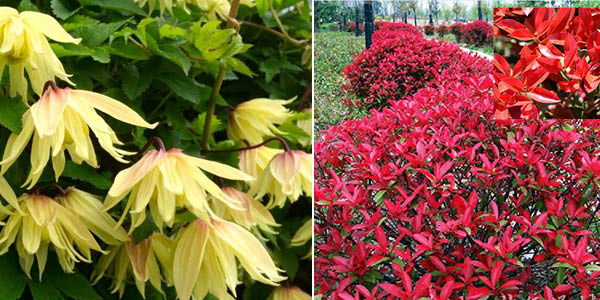
- Hostas: Hostas are shade-tolerant plants that can help to fill in the space around photinias. They also provide some contrast in terms of leaf shape and texture.

- Irises: Irises bloom in the spring and early summer, adding a splash of color to your garden. They can be planted in full sun or partial shade and are relatively easy to care for.

- Viburnums: Viburnums are another versatile plant that can be paired with photinias. They come in a variety of sizes and shapes, so you can choose one that will fit your space. Viburnums also bloom in a variety of colors, so you can find one that complements the foliage of your photinia.

- What are the benefits of planting companion plants with photinias?
There are several benefits to planting companion plants with photinias. First, companion plants can help to deter pests and diseases. For example, azaleas and clematis can help to repel deer, while hostas can help to attract beneficial insects.
Second, companion plants can help to improve the soil quality. For example, irises and viburnums can add organic matter to the soil, while hostas can help to suppress weeds.
Third, companion plants can help to create a more visually appealing landscape. By planting different types of plants together, you can create a more interesting and diverse garden.
- What are some things to keep in mind when choosing companion plants for photinias?
When choosing companion plants for photinias, there are a few things to keep in mind:
- Plants with similar growing requirements: Choose plants that have similar growing requirements to photinias in terms of sunlight, soil type, and water needs. This will help to ensure that both plants thrive.
- Plants with different colors and textures: To create a more visually appealing landscape, choose plants that have different colors and textures. This will help to add interest and variety to your garden.
- Plants that can complement each other: Choose plants that can complement each other in terms of size and shape. This will help to create a more balanced and harmonious landscape.
- Plants that are not susceptible to the same pests and diseases: Choose plants that are not susceptible to the same pests and diseases as photinias. This will help to reduce the risk of both plants becoming infected.
- What are some common mistakes to avoid when planting companion plants with photinias?
Here are a few common mistakes to avoid when planting companion plants with photinias:
- Planting too many plants in one area: When planting companion plants, it is important to leave enough space between each plant so that they have room to grow. If you plant too many plants in one area, they may compete for resources and not thrive.
- Planting incompatible plants: Not all plants are compatible with each other. Before planting any companion plants, it is important to do your research and make sure that the plants you choose will not harm each other.
- Not watering enough: Photinias and many other companion plants need regular watering, especially during hot, dry weather. If you do not water your plants enough, they may not survive.
- Not fertilizing enough: Photinias and many other companion plants benefit from regular fertilization. If you do not fertilize your plants enough, they may not thrive.
Image of photinia companion plants
- Euonymus fortunei 'Emerald 'n' Gold' is a variegated euonymus with green leaves edged in yellow. It is a classic companion for photinia because it has a similar form and size, and the yellow foliage provides a nice contrast to the red leaves of photinia.

- Euonymus fortunei 'Emerald Gaiety' is another variegated euonymus, but with leaves that are edged in cream. It is also a good companion for photinia because of its similar form and size, and the cream foliage provides a striking contrast to the red leaves of photinia.

- Hebe is a genus of shrubs that come in a variety of colors, including green, blue, and purple. They are a good companion for photinia because they have similar water and soil requirements, and they can tolerate some shade.
- Mahonia is a genus of shrubs that have evergreen leaves and spiky yellow flowers. They are a good companion for photinia because they provide contrast in both foliage and flower color.

- Fatsia japonica is a large, evergreen shrub with dark green leaves that have a crinkled texture. It is a good companion for photinia because it has a similar form and size, and the dark green leaves provide a nice contrast to the red leaves of photinia.

Post a Comment for " Stunning Companion Plants For Photinia"